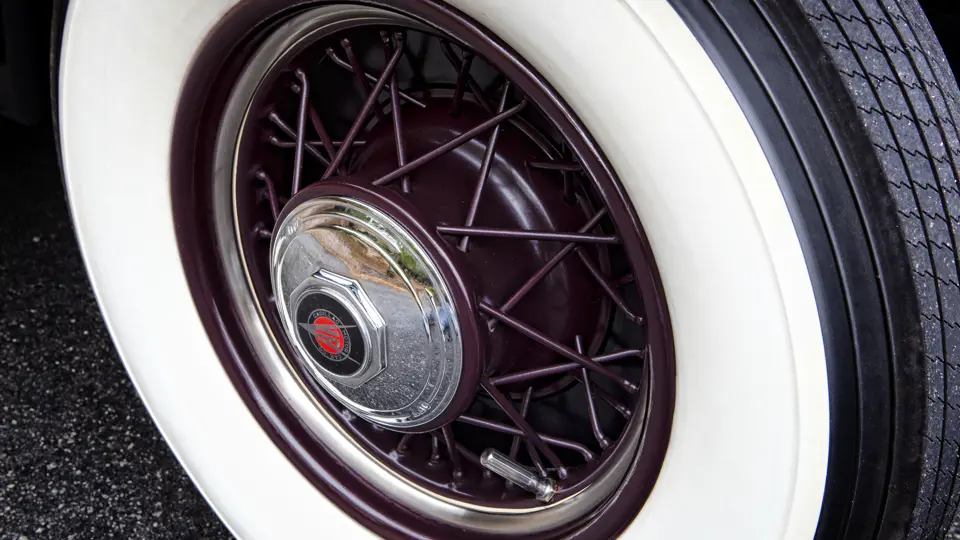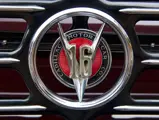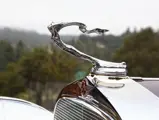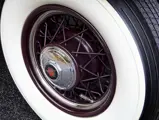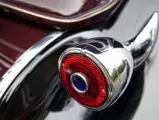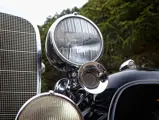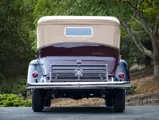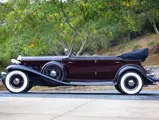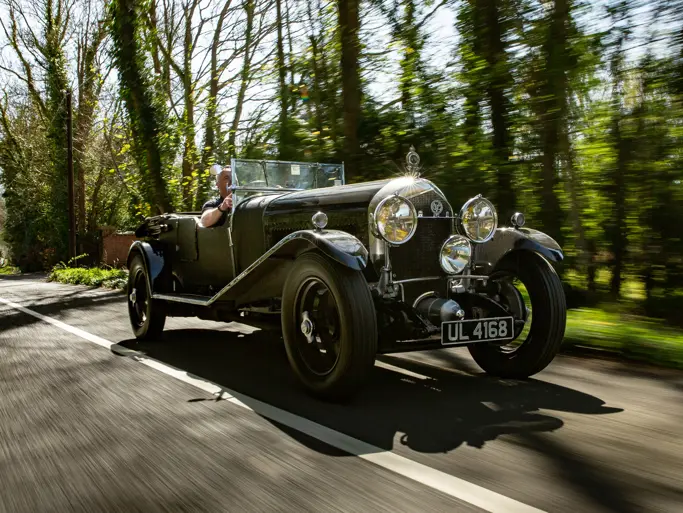Style No. 273. 165 bhp, 452 cu. in. displacement V-16 engine with dual two-barrel carburetors, three-speed manual transmission, solid front and live rear axles with semi-elliptic leaf springs, and vacuum-assisted four-wheel mechanical drum brakes. Wheelbase: 149 in.
• One of only 300 top-of-the-line Cadillac V-16s made in 1932
• Believed to be one of three survivors with this elegant yet sporty coachwork
• Reported to be in excellent running and driving condition
The year was 1932. As the Great Depression raged into its worst year and Franklin Roosevelt entered the White House, Cadillac’s top-of-the-line V-16 greeted renewed optimism with renewed styling. The massive motorcar boasted the same 452-cubic inch engine as in 1930 and 1931, with relatively few mechanical changes. Outside, however, the car looked fresh and sporty, thanks to a lengthened hood, lowered rooflines, curvaceous fenders, and more streamlined headlamp shells. The result was a car that carried the visual impact of a locomotive and looked every bit its performance and its price—respectively, 165 horsepower and about the cost of a new house.
Understandably, few remained willing or able to afford the sumptuous V-16, and only 300 are believed to have been produced in 1932. Then, as now, they were elite and scarce, a rolling status symbol announcing not only the owner’s fine tastes, but also his or her ability to indulge them.
Records indicate that the example offered here was one of 13 Fisher-bodied all-weather phaetons built in 1932, and it is one of three that survive today. It was delivered new by Kempton Cadillac Corporation, of Washington, D.C., with the original delivery document indicating that the car was tagged for delivery to a Mr. or Mrs. Schoellkopf, in all likelihood a member of the prominent New York family that brought hydroelectric power to Niagara Falls. Specified in the order were dual side-mounted spares with metal covers and mirrors, the iconic “Goddess” radiator mascot, and a front seat center armrest.
It is reported that after falling from grace as a luxury conveyance, the Cadillac served as a push car at drag-races before being purchased for $550 in the early-1950s by Stephen Lloyd, of Pottstown, Pennsylvania. It later passed to Charles Noto, also of Pennsylvania.
The car was restored some years ago, probably during Lloyd’s ownership, to its present appearance. It shows off the formal but sporty dual personality of the Fisher all-weather body, which can be driven with the top down as a gracious summer tourer or with the top raised as a warmly luxurious limousine. Rare among four-door convertibles, the design is striking with the top up or down. A two-tone maroon finish sets off the gentle molding of the beltline and accents the sweeping curve of the front fenders. The interior is upholstered in medium grey leather and overseen by a tan canvas top.
In its present ownership, much care has been lavished upon the car at the hands of respected restorer Bob Mosier. The carburetors were balanced, new plugs and points were installed, and the distributor was tuned. The owner reports that the Cadillac now runs well and is also surprisingly pleasant and easy to drive, despite its 149-inch wheelbase chassis. The Schoellkopf Cadillac now stands ready for a new owner to slip behind the wheel and to experience what it felt like to be one of those rarified 300 in 1932.
Thanks to Chris Cummings, William Meffert, Yann Saunders, Richard Sisson, Vincent Talario, and David Traver Adolphus.


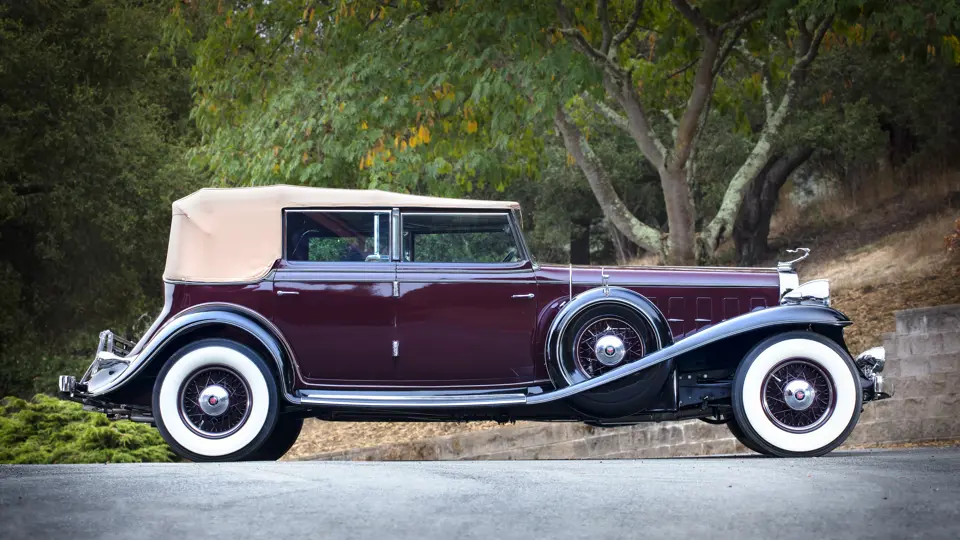

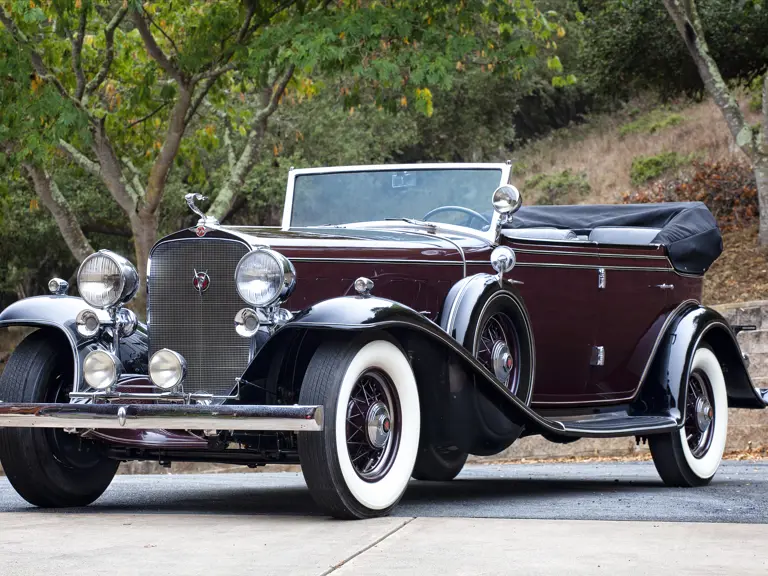
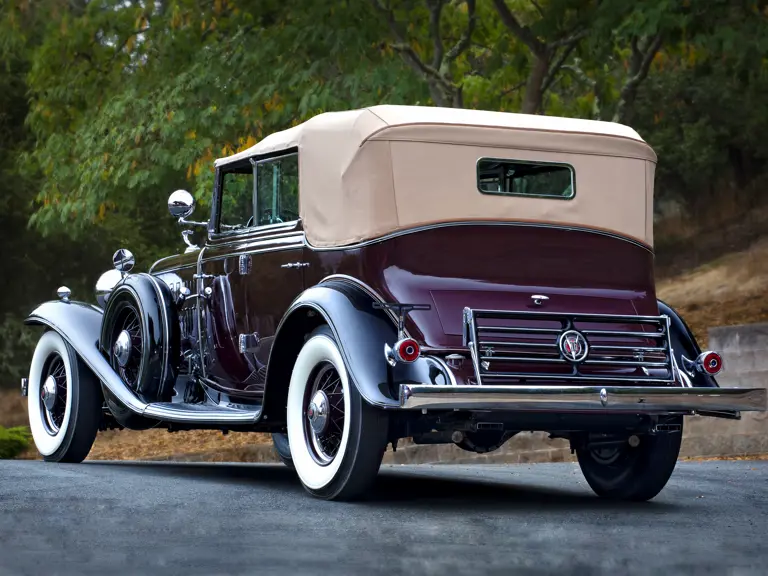
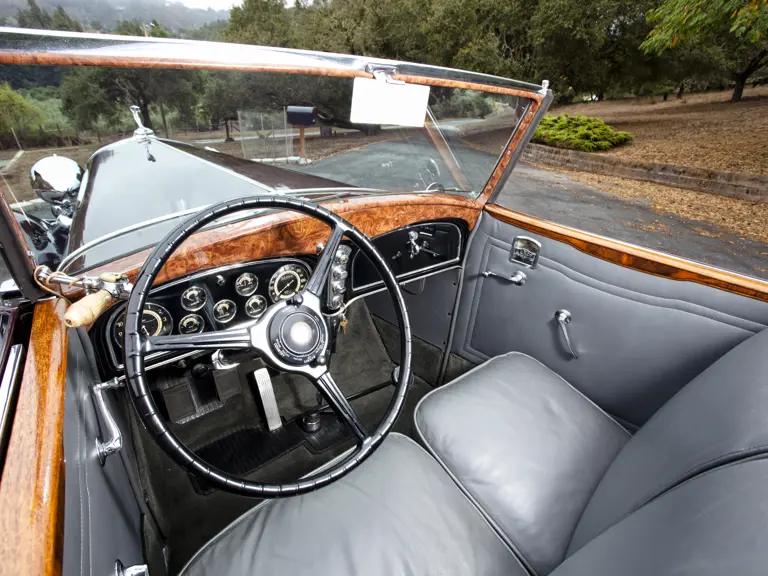
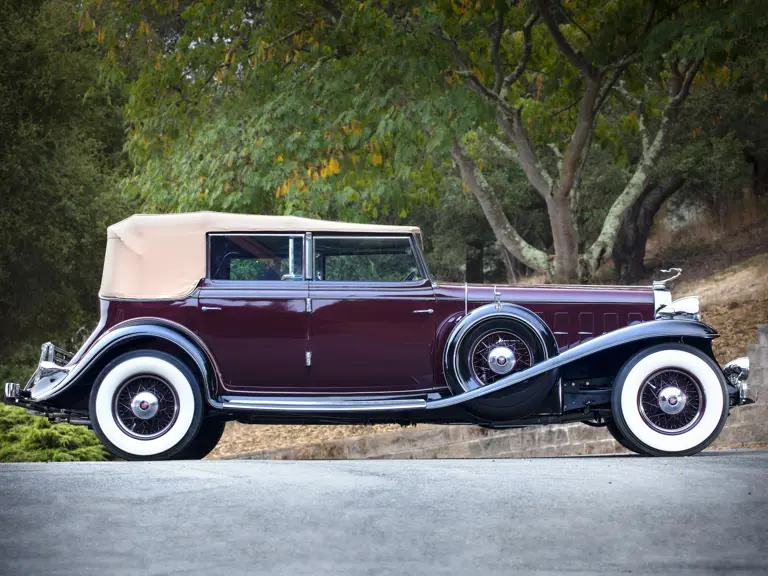
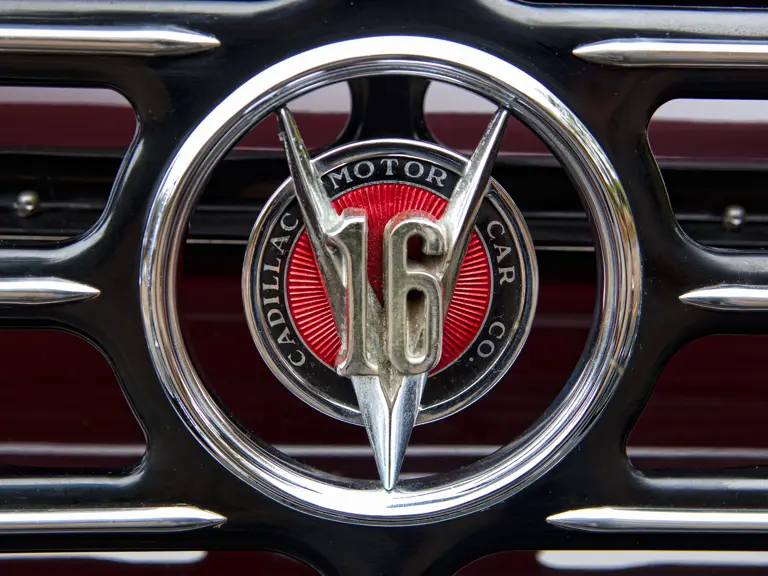
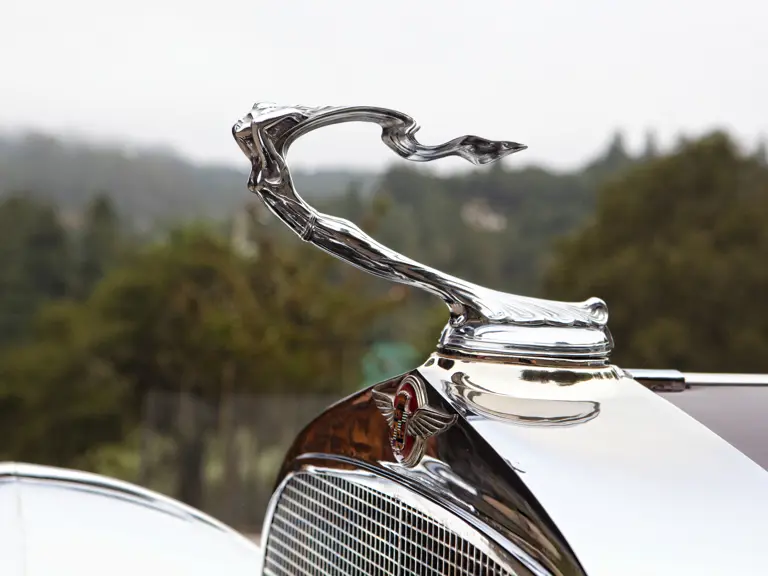

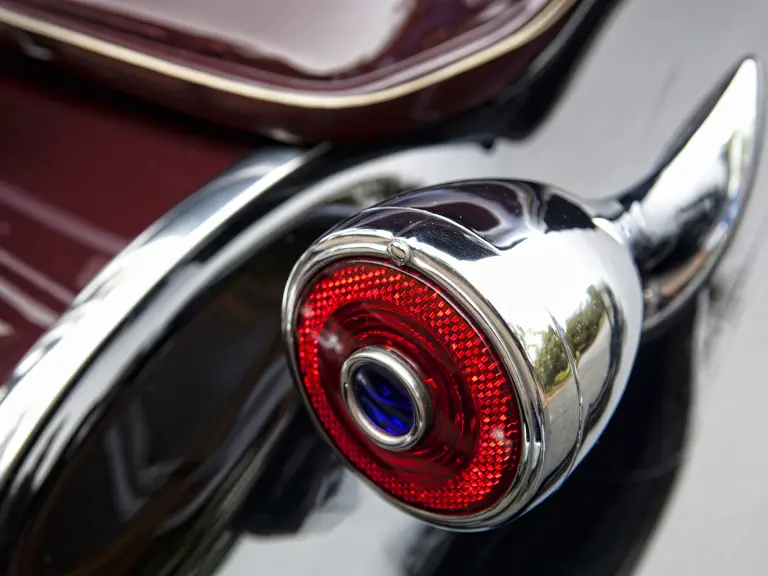
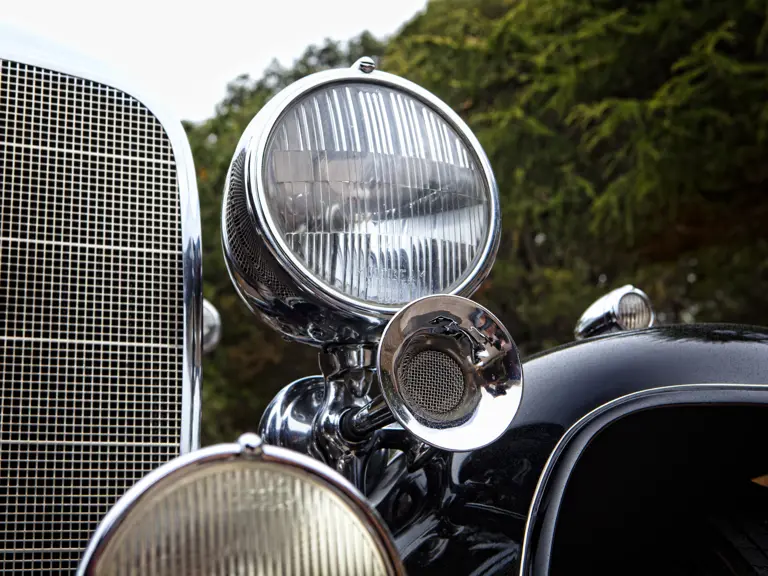
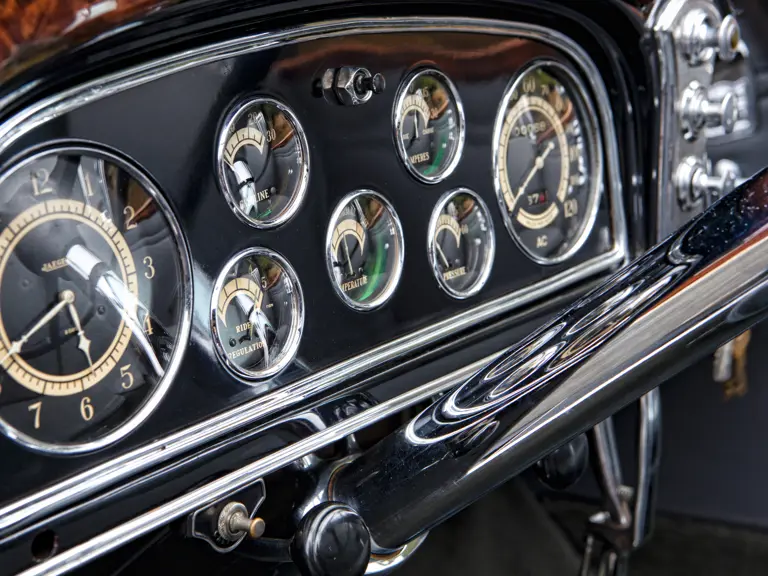

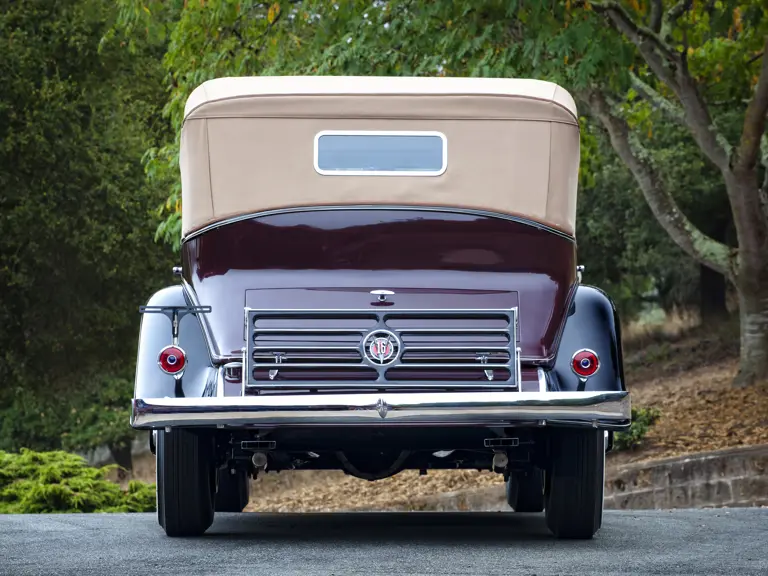
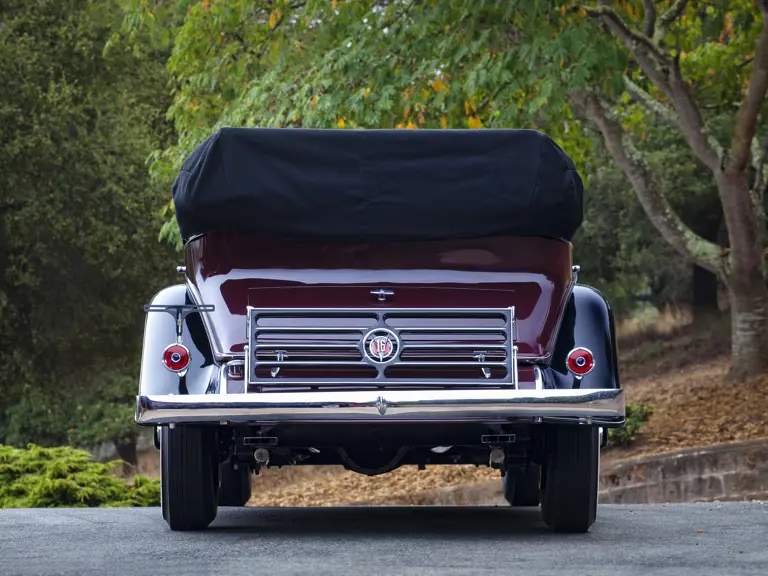

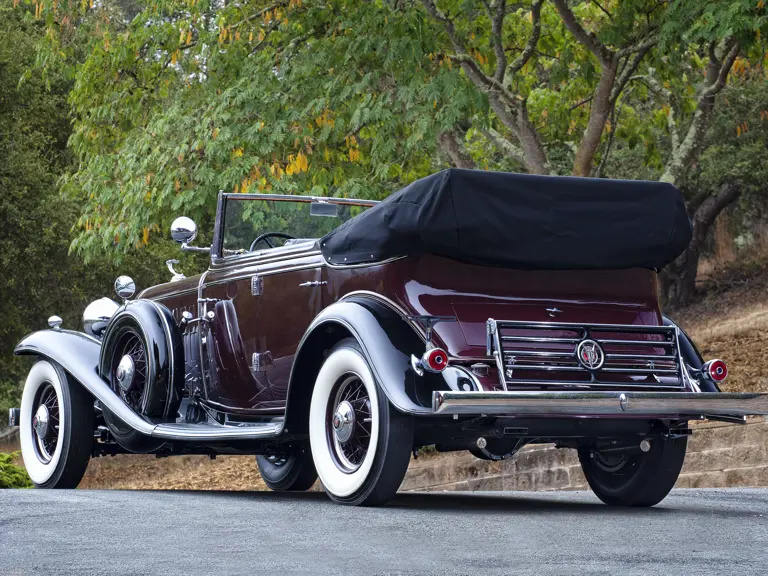
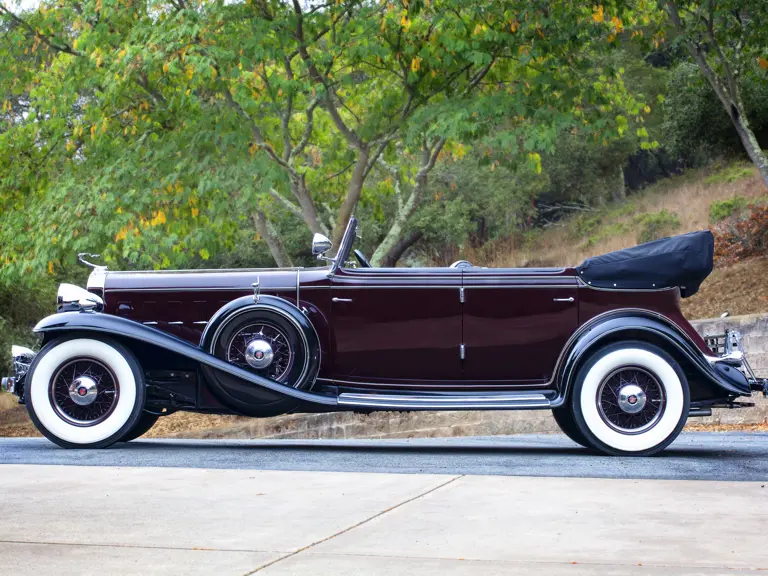
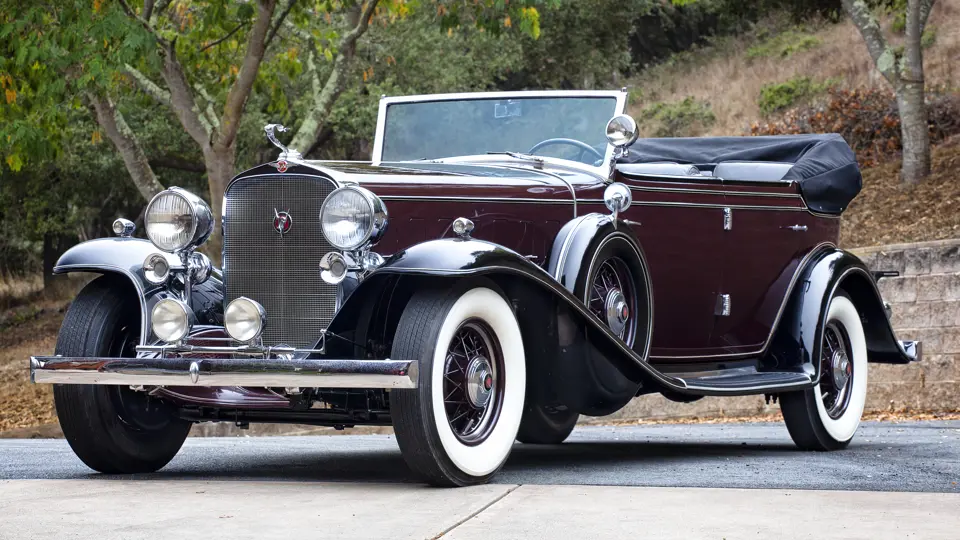
 | Phoenix, Arizona
| Phoenix, Arizona


